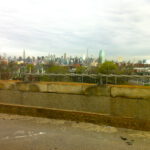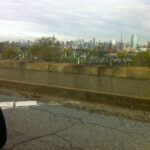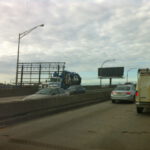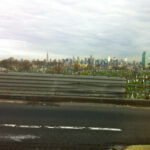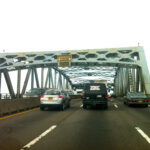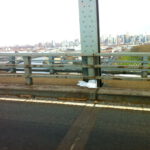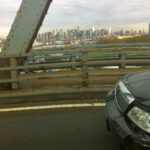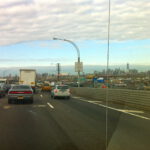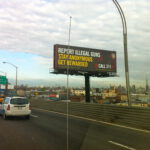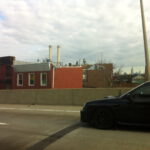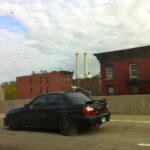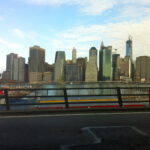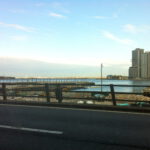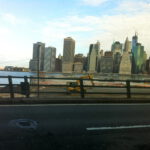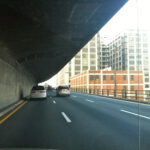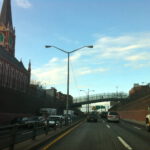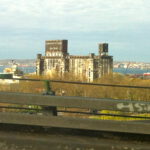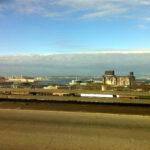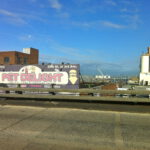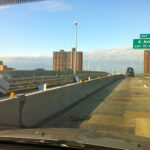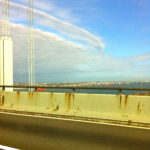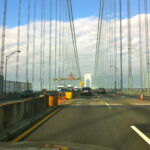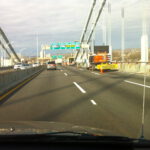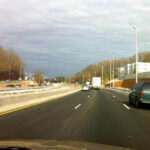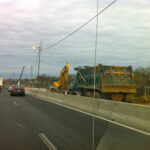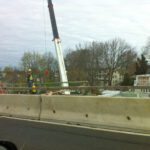Twice a week, I wake up at 6am to prepare for my commute in to work at the College of Staten Island. A colleague who also lives in Queens picks me up and we drive together to Staten Island in his car. To get there we take the Brooklyn-Queens Expressway (BQE), a portion of Interstate 278.
The BQE is a product of the New Deal era, when the state sought to pull the region out of economic depression through massive public works. It staggers the mind to think about how much political will had to be mustered to carve such a highway out of the densely packed city neighborhoods it traverses. Like so much of the rest of the automotive infrastructure of New York City, the titanic figure of Robert Moses led this campaign. In blasting the BQE through the city, Moses helped create the mindset for the petroculture of the postwar period, a culture based on limitless consumption and growth. To drive on this highway is to step into a time machine to an era that is fast receding.
Today, the BQE is in a state of advanced disrepair. As the photographs I took during one recent commute show, the highway is filled with potholes. Portions of the siding of the road and of overpasses like the Kosciuszko Bridge have fallen off. Construction work on the highway is constant, but the overall quality of the road never seems to improve. The construction that does take place is massively understaffed; long stretches of the highway are under renovation, but only four or five workers are visible laboring to make these changes.
The BQE also traverses some of the worst toxic sites in NYC, including the Newtown Creek, a bucolic sounding stream that divides Queens and Brooklyn and is one of the most polluted waterways in the country – it’s been an EPA Superfund site since 2010 -, and the Gowanus Canal, which should be a Superfund site as well because of its polluted state, except that developers don’t want to scare off potential residents.
I worry about the amount of pollution my body absorbs during these commutes. Seeing all this rotting infrastructure and the massive congestion of the roadway twice a week also makes me worry about the level of toxicity simply living in a city involves. At the same time, I’m aware that most other cities in the world have much higher levels of pollution.
The decaying BQE offers a powerful symbol of the state of US empire. It’s the ugly, toxic product of a fossil fuel age that we cling to at our own peril. Like so many others, I remain shackled to this highway because of the constraints of life in NYC. What will it take to imagine viable alternatives to a highway like the BQE, ways of moving about the world and maintaining propinquity without the myths and destructive material realities of petroculture?

